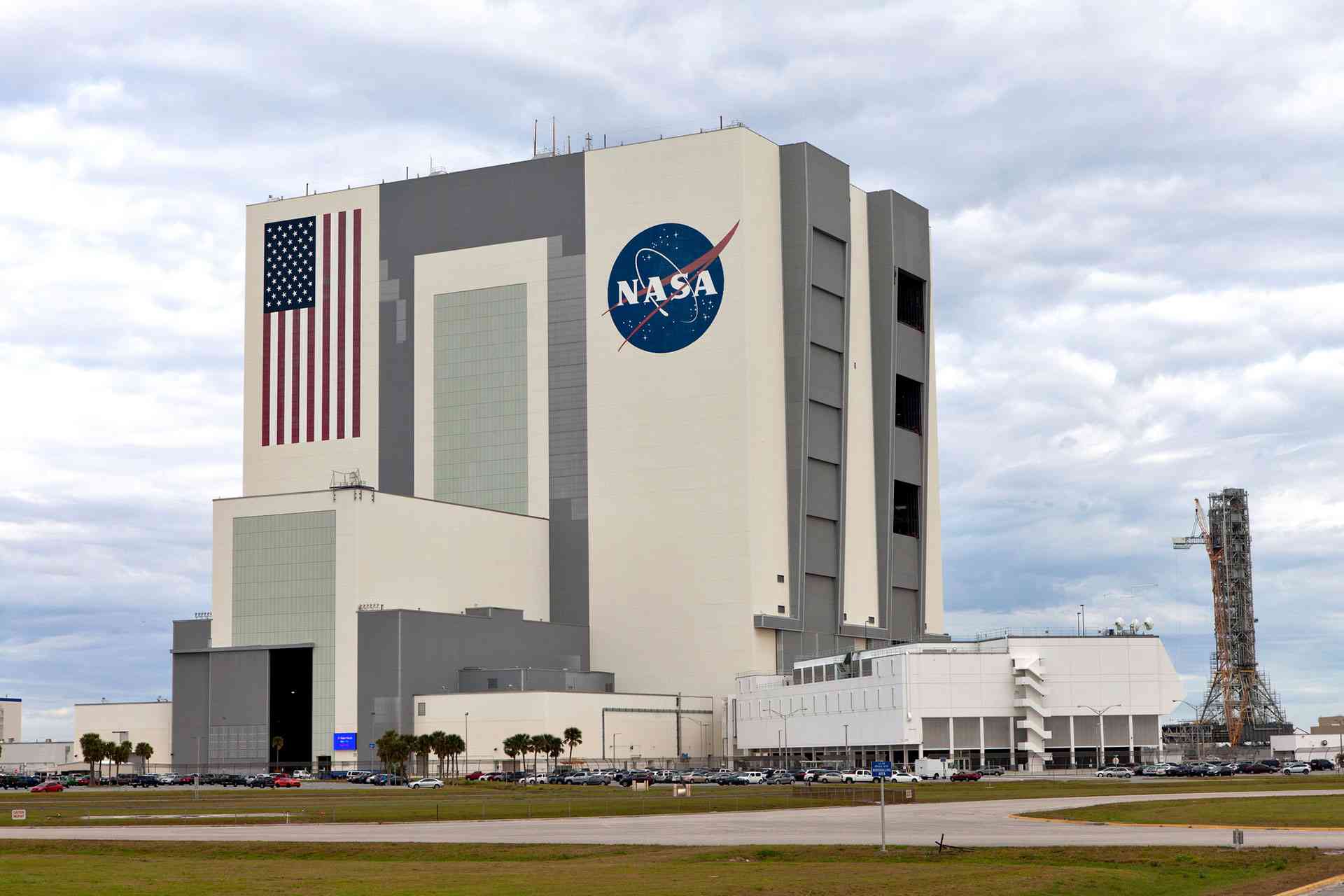-
How to become Aerospace Engineer in NASA as a International Student?
International students from Uzbekistan, or any other country, face several challenges in pursuing careers as Aerospace Engineers at NASA due to a combination of legal, security, and practical factors.
Most positions at NASA, especially those related to aerospace engineering, require U.S. citizenship or, in some cases, permanent residency. This is due to the sensitive nature of the work, which often involves national security considerations. NASA operates under the International Traffic in Arms Regulations (ITAR), which restricts the sharing of certain technical information with foreign nationals.
Many aerospace positions at NASA require a security clearance, which is typically only granted to U.S. citizens. Obtaining this clearance is crucial for working on classified or sensitive projects.
Even if an international student manages to study aerospace engineering in the U.S., securing a work visa (such as an H-1B) to work at NASA can be challenging. NASA usually sponsors very few work visas, and competition for these positions is extremely high.
For international students, transitioning from a student visa to a work visa, and eventually to permanent residency, can be a long and uncertain process. Without permanent residency or citizenship, their opportunities to work at NASA are significantly restricted.
While direct employment at NASA might be difficult, international students can still contribute to the aerospace field by working for private aerospace companies, research institutions, or collaborating with NASA as contractors or through international partnerships.
Overall, the primary obstacle for international students from Uzbekistan in becoming Aerospace Engineers at NASA is the U.S. citizenship requirement, coupled with security and visa-related challenges. However, there are alternative pathways in the aerospace industry outside of NASA that they can explore.
Deep discussions












